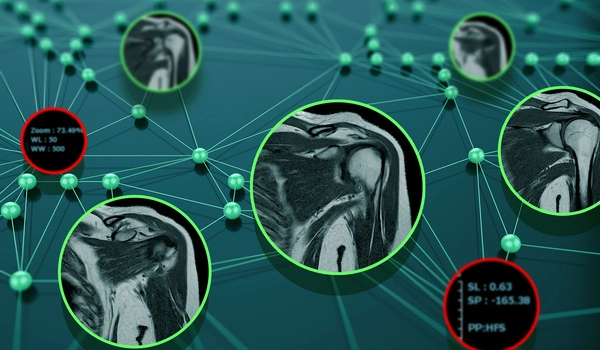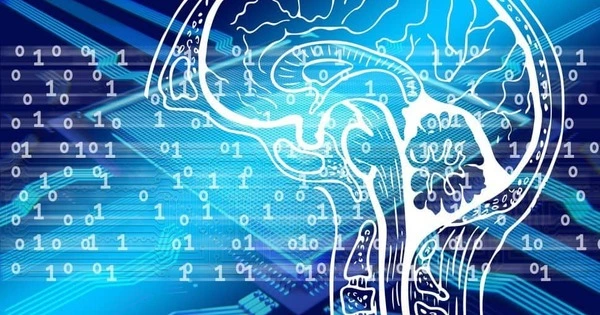There are many ways that machine learning can be used to better understand how water behaves. One approach is to use machine learning to analyze and interpret data that has been collected about water, such as data from simulations, experiments, or observations. For example, machine learning algorithms can be used to identify patterns in the data that may not be immediately apparent to humans, or to predict how water will behave under different conditions.
Another way that machine learning can be used to study water is through the development of virtual assistants or chatbots that can answer questions about water behavior. These tools can be trained on a large dataset of information about water and then be used to provide answers to questions or to provide guidance on how to perform experiments or simulations. Overall, machine learning has the potential to greatly enhance our understanding of water and how it behaves, and to help us develop more accurate models and predictions about its behavior.
New research employs machine learning models to better understand the phase changes of water, paving the way for a more theoretical understanding of various substances. The researchers discovered strong computational evidence in support of water’s liquid-liquid transition using this technique, which can be applied to real-world systems that use water to operate.
For decades, scientists have been perplexed by water. For the last 30 years or so, scientists have hypothesized that when water is cooled to a very low temperature, such as -100 degrees Celsius, it may be able to separate into two liquid phases of different densities. These phases, like oil and water, do not mix and may help explain some of water’s other strange behavior, such as how it becomes less dense as it cools.
However, because water crystallizes into ice so quickly at such low temperatures, studying this phenomenon in a lab is nearly impossible. Now, new research from the Georgia Institute of Technology employs machine learning models to better understand the phase changes of water, opening up new avenues for a better theoretical understanding of various substances. The researchers discovered strong computational evidence in support of water’s liquid-liquid transition using this technique, which can be applied to real-world systems that use water to operate.
We are doing this with very detailed quantum chemistry calculations that are trying to be as close as possible to the real physics and physical chemistry of water. This is the first time anyone has been able to study this transition with this level of accuracy.
Thomas Gartner
“We are doing this with very detailed quantum chemistry calculations that are trying to be as close as possible to the real physics and physical chemistry of water,” said Thomas Gartner, an assistant professor in the School of Chemical and Biomolecular Engineering at Georgia Tech. “This is the first time anyone has been able to study this transition with this level of accuracy.”
The research was presented in the paper, “Liquid-Liquid Transition in Water From First Principles,” in the journal Physical Review Letters, with co-authors from Princeton University.
Simulating Water
To better understand how water interacts, the researchers used supercomputers to run molecular simulations, which Gartner compared to a virtual microscope. “If you had an infinitely powerful microscope, you could zoom down to the level of individual molecules and watch them move and interact in real time,” he explained. “This is what we’re doing by making a computational film.”
The researchers studied the movement of molecules and characterized the liquid structure at various water temperatures and pressures, simulating the phase separation of high and low-density liquids. They gathered a large amount of data, running some simulations for up to a year, and continued to fine-tune their algorithms to achieve more accurate results.

Even a decade ago, running such long and detailed simulations wouldn’t have been possible, but machine learning today offered a shortcut. The researchers used a machine learning algorithm that calculated the energy of how water molecules interact with each other. This model performed the calculation significantly faster than traditional techniques, allowing the simulations to progress much more efficiently.
Because machine learning isn’t perfect, these lengthy simulations improved prediction accuracy. The researchers took care to test their predictions using various simulation algorithms. It validated the accuracy of the simulations if multiple simulations produced similar results.
“One of the challenges with this work is that there isn’t a lot of data to compare to because it’s an almost impossible problem to study experimentally,” Gartner explained. “We’re really pushing the boundaries here, which is why it’s so important that we try to do this using a variety of computational techniques.”
Beyond Water
Some of the conditions the researchers tested were extremes that probably don’t exist on Earth directly, but potentially could be present in various water environments of the solar system, from the oceans of Europa to water in the center of comets. Yet these findings could also help researchers better explain and predict water’s strange and complex physical chemistry, informing water’s use in industrial processes, developing better climate models, and more.
According to Gartner, the work is even more generalizable. Water is a well-studied research topic, but this methodology could be applied to other difficult-to-simulate materials, such as polymers, or complex phenomena, such as chemical reactions.
“Because water is so important to life and industry, this particular question of whether water can undergo this phase transition has been a longstanding problem, and any progress toward an answer is significant,” he said. “But now that we have this really powerful new computational technique, we don’t know what the boundaries are, and there’s a lot of room to advance the field.”
















